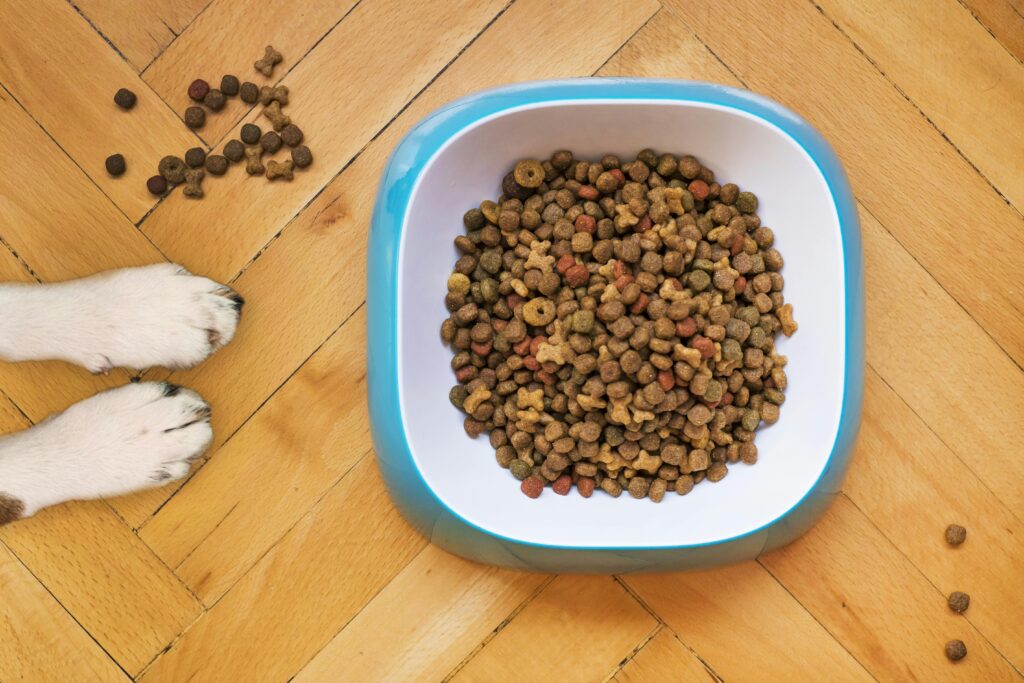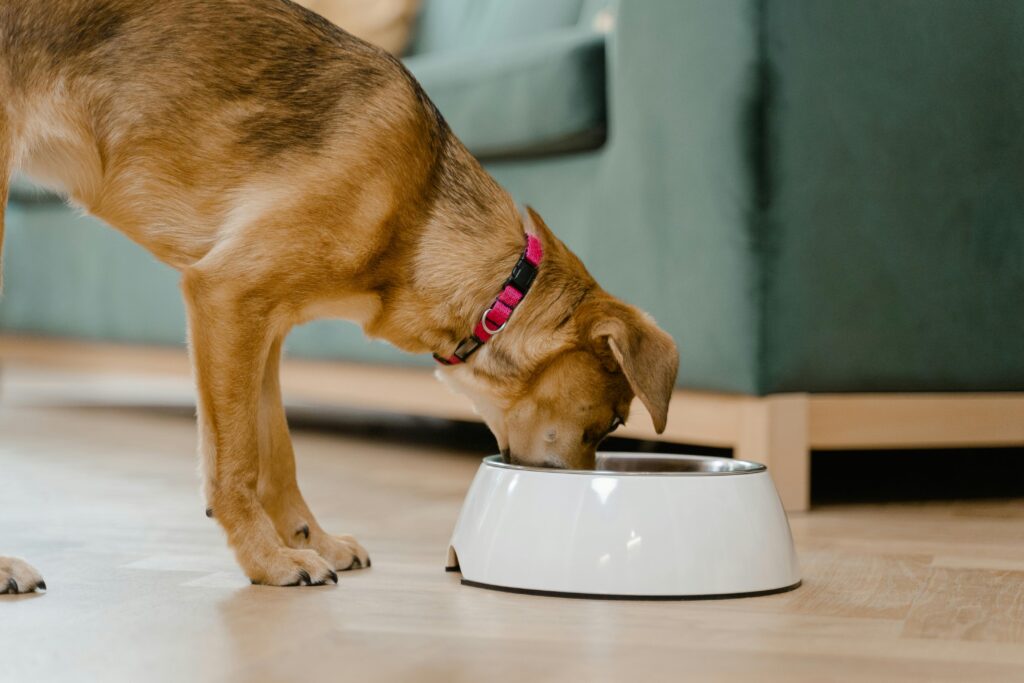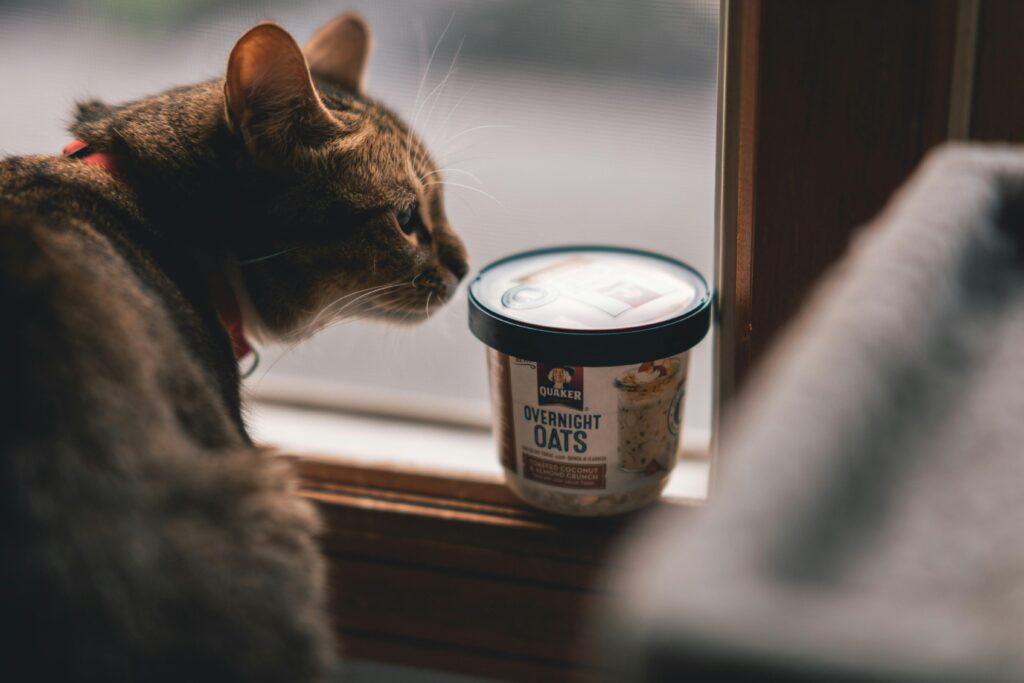As pet owners become more conscious about what goes into their animals’ food bowls, the raw diet for pets has gained massive popularity. From pet influencers to holistic veterinarians, many are praising this natural approach to pet nutrition.
But what exactly is a raw diet, and is it right for your pet?

🍖 What Is a Raw Diet for Pets?
A raw diet typically consists of uncooked meat, bones, organs, fruits, and vegetables, aiming to mimic what wild animals eat in nature. This approach is also known as BARF (Biologically Appropriate Raw Food) or the prey model diet.
Common raw food components:
- Muscle meat (beef, chicken, turkey, lamb, etc.)
- Raw meaty bones (like chicken wings or necks)
- Organ meats (liver, kidney, heart)
- Eggs
- Dog-safe fruits & vegetables (carrots, blueberries, spinach)
- Natural supplements (like fish oil or probiotics)
🐾 Benefits of a Raw Diet
Proponents of the raw pet diet often report significant improvements in overall pet health and vitality.
✅ 1. Shinier Coat & Healthier Skin
Raw diets often include healthy fats and oils that nourish the skin and promote a soft, glossy coat.
✅ 2. Better Digestion
Many pets experience reduced stool volume, fewer digestive upsets, and less gas on a raw diet.
✅ 3. Stronger Immune System
Unprocessed foods may help boost your pet’s immune response, especially when supported with probiotics and natural nutrients.
✅ 4. Dental Health
Chewing raw meaty bones can naturally clean your pet’s teeth and reduce plaque buildup.
✅ 5. Increased Energy & Vitality
Many raw-fed pets show higher energy levels, improved focus, and overall zest for life.

⚠️ Risks and Considerations
While there are clear benefits, a raw diet also comes with potential risks — especially if not properly planned.
❌ 1. Nutritional Imbalance
An unbalanced raw diet can lead to deficiencies in calcium, phosphorus, or essential vitamins.
❌ 2. Bacterial Contamination
Raw meats may contain harmful bacteria like salmonella or E. coli, posing risks to pets and humans alike.
❌ 3. Bone Safety
Cooked bones are dangerous, but even raw bones can splinter or cause choking if not chosen carefully.
✅ Pro Tip: Always consult a holistic or integrative Raw Diet for Pets veterinarian before switching to a raw diet. A personalized plan ensures your pet gets everything they need.
🧊 Raw Feeding: Homemade vs. Commercial
Homemade Raw Diet
- Complete control over ingredients
- Requires deep nutritional knowledge and prep time
- Risk of imbalance if not done correctly
Commercial Raw Food Brands
- Convenient and often nutritionally balanced
- Available frozen or freeze-dried
- Can be more expensive
Look for AAFCO-compliant brands that meet your pet’s life stage and nutritional requirements.
🐕 Is a Raw Diet Right for Your Pet?
Raw feeding isn’t for every animal. It may work wonderfully for some pets and not so well for others. Dogs and cats with certain health issues, immune problems, or digestive sensitivities may need a modified or partially raw diet.

🔄 Start Slow: Transition Tips
If you’re considering raw feeding:
- Consult your vet
- Start by mixing raw with your pet’s current food
- Gradually increase the raw portion
- Monitor your pet’s energy, stool, and behavior
- Adjust ingredients based on needs and feedback
📝 Final Thoughts
The raw diet for pets is more than a food trend — it’s a lifestyle that promotes a natural, ancestral approach to pet health. When done correctly, it can offer noticeable improvements in vitality, digestion, and overall well-being.
But remember: raw feeding isn’t a one-size-fits-all solution. Like humans, pets are individuals. Whether you go full raw or partially incorporate it into their diet, the goal is the same — a happy, healthy, and thriving companion.